Heavy Medal Mock Newbery Finalist: AN AMERICAN STORY by Kwame Alexander
Introduction by Heavy Medal Award Committee Member Gabrielle Stoller:
“How do you tell the story?
Of copper dreams wrapped in iron chains?
How do you tell that story and not weep for the world?”
When I first read AN AMERICAN STORY several months ago, I realized that the book I held in my hands was a special text. Of course it was Kwame Alexander, a familiar award winner of both Newbery and Caldecott, for THE CROSSOVER and THE UNDEFEATED. Writing a book with lyricism and poignancy, brutal honesty and resounding hope, they are not unfamiliar territory for Alexander. But AN AMERICAN STORY handles a difficult topic (slavery) in a very transparent way.
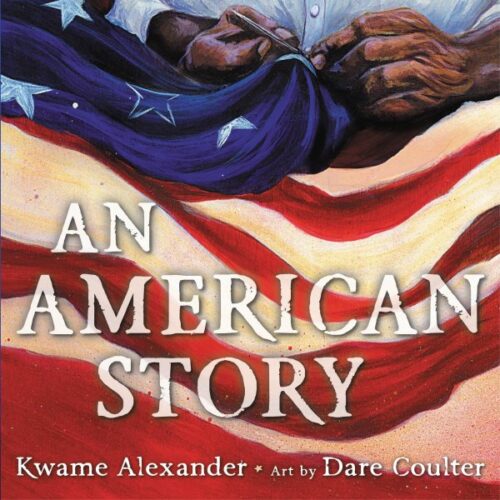
You never once struggle when reading this book to know what is being addressed.
“…people shackled below, crammed in small, hot spaces, cry
And sometimes die.”
It’s the horror of our history, pure and simple. But what AN AMERICAN STORY did was juxtapose tough questions, ones without answers, with statements from the present day. From Black boys and girls of color who call out the unfairness, who remind that the truth is worth speaking even when it’s hard. A voice is (finally) given to those who lacked a voice for so long. I haven’t seen a book where dual voices, yet only one “storyline,” merge so well in quite a long time.
ADVERTISEMENT
ADVERTISEMENT
Newbery criteria is seen throughout the entire medium, despite being a traditional thirty-two page picture book. There is a theme. There is a setting we are taken to–even not taking Dare Coulter’s mixed media into account. I felt the heat of the fields. I felt the horror of being taken from one’s Home. As to presentation of information, well, that is evident. After all, “children” are understanding the story being shared with them. Actual readers will feel the same.
Kwame Alexander ends with hope, of inspiring change. Of once again capturing the good that is in society with these beautiful words. Words that truly belong in a Newbery award winning book.
“How do you tell a story this hard to hear, one that hurts and still loves?
You do it by being brave enough to lift your voice,
By holding history in one hand and clenching hope in the other.”
Heavy Medal Award Committee members and others are now invited to discuss this book further in the Comments section below. Let the Mock Newbery discussion begin!
Filed under: Book Discussion, Heavy Medal Mock
About Emily Mroczek-Bayci
Emily Mroczek (Bayci) is a freelance children’s librarian in the Chicago suburbs. She served on the 2019 Newbery committee. You can reach her at emilyrmroczek@gmail.com.
ADVERTISEMENT
ADVERTISEMENT
SLJ Blog Network
Endangered Series #30: Nancy Drew
Research and Wishes: A Q&A with Nedda Lewers About Daughters of the Lamp
Cat Out of Water | Review
Navigating the High School and Academic Library Policy Landscape Around Dual Enrollment Students
Take Five: New Middle Grade Books in May
ADVERTISEMENT

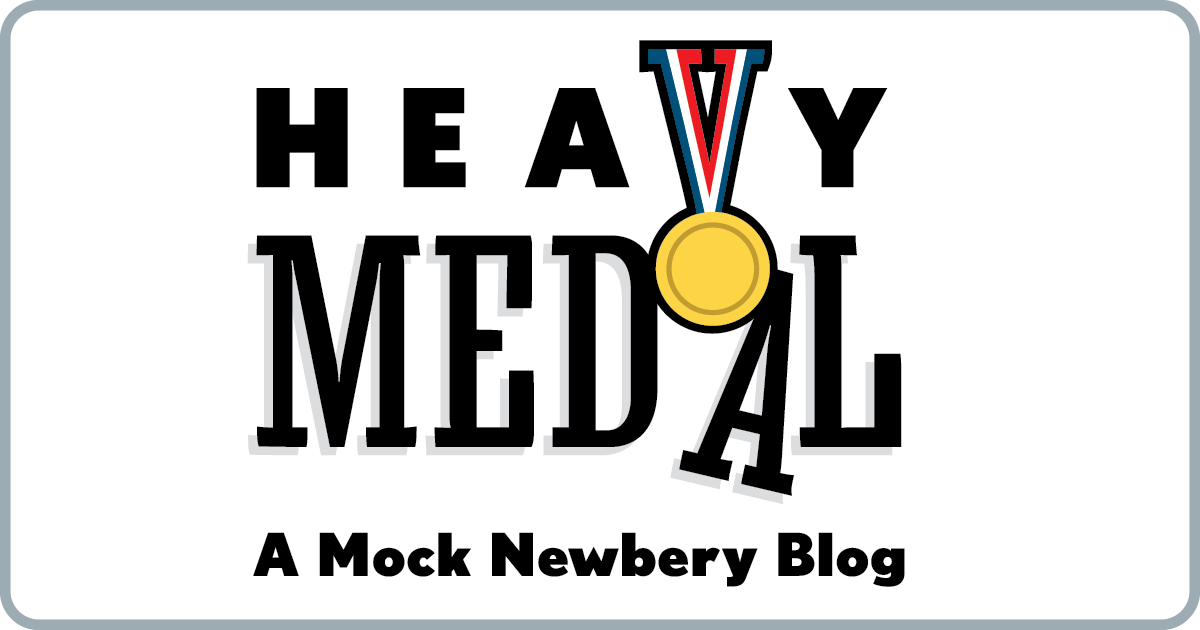

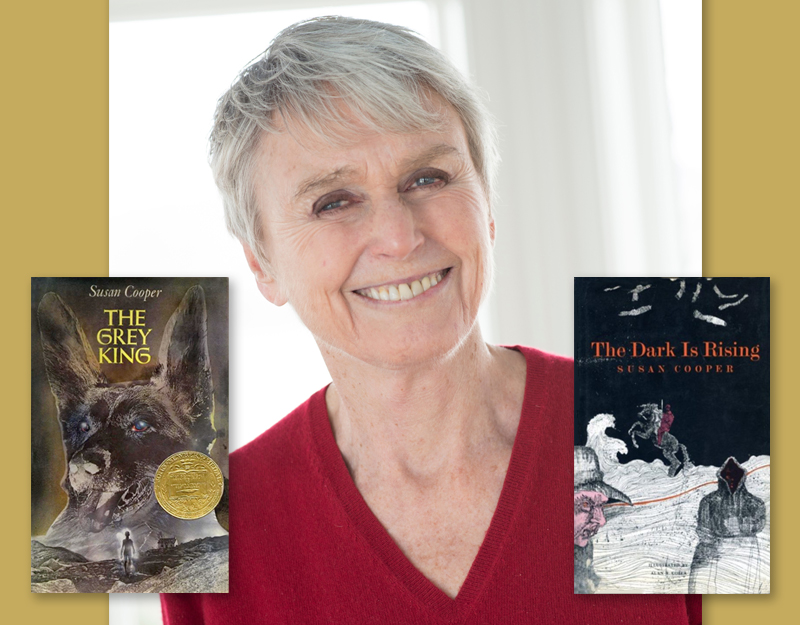
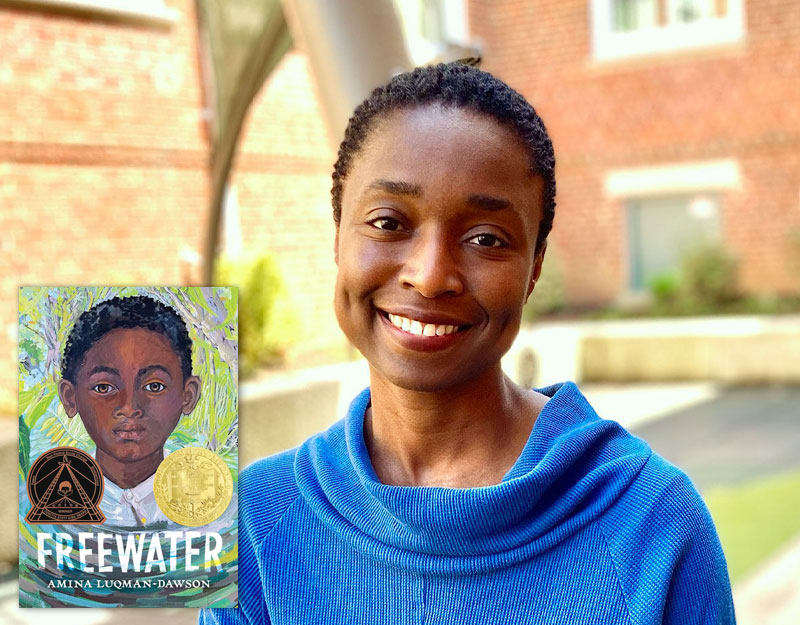
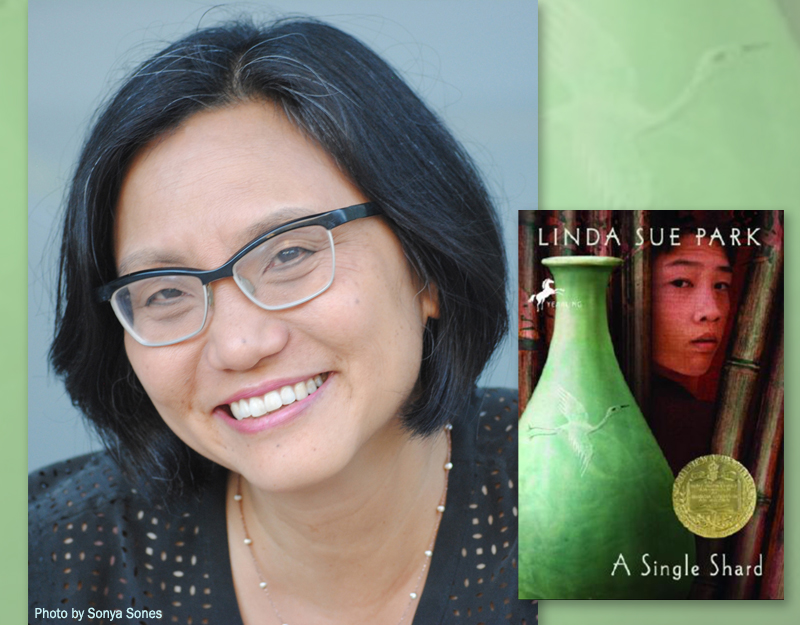
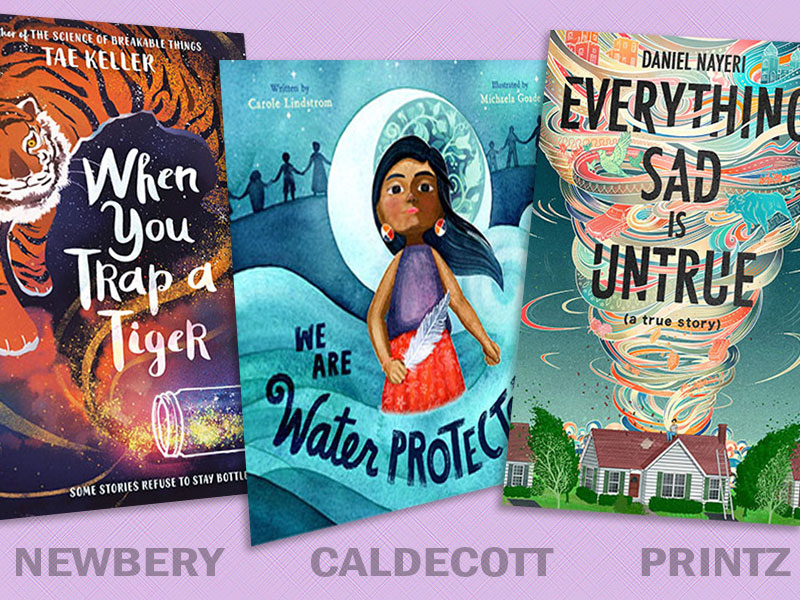

I think the writing is vivid and distinct. Somehow Alexander crams a whole American story and feelings into a succinct story. I like that this book is told through questions and answers. I like the comparison of night riders and riding the night. I think it’s unique that a teacher tells this story and the illustrations change when the students are talking. I think the students are the strongest character in this book.
“How do you tell a story?” Just like this. Alexander pulls the reader in from the start as he shares pieces of “[a]n unbelievable story” bit by bit, page by page. Soon you realize you’ve been pulled into a classroom discussion between a teacher who struggles to share history’s pain with students who question injustices in and of the present. Kelly, I agree—Alexander’s portrayal of their strength is a highlight of the book.
“How do you tell a story?” Just like this. Alexander pulls the reader in from the start as he shares pieces of “[a]n unbelievable story” bit by bit, page by page. Soon you realize you’ve been pulled into a classroom discussion between a teacher who struggles to share history’s pain with students who question injustices in and of the present. Kelly, I agree—Alexander’s portrayal of their strength is a highlight of the book.
Incredibly powerful book! Alexander’s format is brilliant in that it weaves together the past and the present, making the content relevant and accessible to today’s young (and old) readers. His language, as always, is provocative and powerful, at times moving me to tears. One of the most memorable books in any format and age range that I read this year.
Thanks for kicking us off Gabrielle!
I’d like to talk about 2 devices Alexander uses to great effect – rhetorical questions and repetition.
As you quote at the beginning of the post, he opens the book with a question, “How do you tell a story that starts in Africa and ends in horror?” which serves a number of purposes, from establishing the challenge he is undertaking – grappling honestly with the truth of our history – to inviting young readers to come along, prepared for what they find in the pages to come. We often think of rhetorical questions as being “unanswerable” and in many ways, it does feel impossible to comprehend the magnitude and depravity of institution of chattel slavery, centuries of evil committed by humans against other human beings. And of course, “How do you tell a story…?” will be repeated 7 times, framing the text without losing its potency (always a risk with repetition).
Two other passages where repetition was skillfully used:
The “waiting” at the beginning of the text, repeated 3 times, adds an ominous undercurrent with the mood sharply changing from joyful scenes of freedom and community in Africa to shackles and confinement on ships bound for America.
Then,
“About planting corn
And threshing rice
And curing tobacco
And harvesting coffee
And cooking
And cleaning
And building
FOR FREE.”
Here the repetition is very effective at impressing readers with the weighty injustice of the labor of enslaved people (and indeed, the next spread has our in-book child audience gives voice to what young readers are likely thinking at this point – “that’s not fair.”)
One last comment from me for now – I was struck by the verb choice of Alexander’s final clauses, “hold/clench” in the line contracting “holding history in one hand” with “clenching hope in the other.” In one sentence, it’s a compelling thesis statement – we hold our history. We can’t let it go and pretend it didn’t happen. But we clench our hope for the future – there’s a ferocity and determination in the verb “clench.”
I agree that it’s tight, succinct prose and I also like the use of the questions as a sort of call and response method that I think helps it stand out from other picture books.
“You can’t change the past, but you can do better in the future.”
Alexander’s author’s note explains the inspiration for An American Story: that many teachers are not prepared to teach children about the history of slavery. Yet, while it is an uncomfortable conversation, it is absolutely a crucial one to have, and Alexander models how it can be done. Even when the teacher falters (“It’s just too painful”), the students insist upon the truth.
The repetition of “working…FOR FREE” makes the reader think about all the opposite meanings of the word – unpaid labor, and liberty.
As hard as it is to set aside Dare Coulter’s bold and brilliant illustrations, Alexander’s story does work on its own, and ends beautifully: “…history in one hand…hope in the other.” It gives readers – child and adult – a path forward through a truly American story.
AN AMERICAN STORY is a powerful book to start discussing the 2024 Newbery.
For good reason, AN AMERICAN STORY has risen to the top of many awards lists. This picture book powerfully offers a modern, enriched historical perspective of American slavery. Kwame Alexander’s writing makes my head explode (in a great way.) His words beat like “talking drums” and often feel like a song.
The narrative choice made this book interesting to me. Shifting between the voice of an elementary school teacher and her students, the history of American slavery is written in an emotional and insightful poetic question-and-answer. The two perspectives creatively address complicated subjects and feelings. For example, students are illustrated on a yellow background with the text, “How do you tell a story that is hard to hear, one that hurts and still loves?” The answer is a beautiful image and text that calls the reader to action. Alexander’s perspective choices give space for tension and history exploration. Most importantly, the book allows readers to consider their role in the story.
I agree with Committee Member Kelly Mueller that Alexander’s writing is “vivid and distinct.” I also agree with Gabrielle Stoller that “Newbery criteria is seen throughout the entire medium.” I believe AN AMERICAN STORY contributes to American literature for children and is a ‘distinguished’ book of the year for its presentation of information, interpretation of a concept, and appropriateness of style. However, I think the real genius of this book is the collaboration of Alexander’s powerful prose and the artwork of Dare Coultier.
Colter’s masterful mixed media artwork is essential to furthering the development of the plot, delineation of the setting and characters, and organization of information. Artist Dare Coulter is bold, providing visual cues for each perspective that furthered the story. For example, charcoal drawings with a bright yellow background portray students in the present day. Colorful, mixed-media artwork that includes paintings and clay sculptures depicts past events. The exceptional visual storytelling brings Kwame Alexander’s inspiring writing to life for readers of all ages.
For precedent, I will refer to the 2023 Caldecott honor book AIN’T BURNED ALL THE BRIGHT. Jason Reynold’s inspired writing is awesome. His voice is lifted to literary prominence in this title by illustrator Jason Griffin’s “excellence of pictorial presentation for children.’ Their combined commitment to this original story was powerful. Was it a Newbery? Or a Caldecott? Based on the criteria, the 2023 committees chose the Caldecott. Based on award history and it’s incredible visual storytelling, AN AMERICAN STORY is my top choice for the 2024 Caldecott Medal.
With AN AMERICAN STORY, Kwame Alexander explores the difficulty of telling the American slavery story in a way that is truthful and inspires hope. If we only read history from one side, we will likely repeat past problems and create new ones. Creating a better world can start with the experience of many different stories. Books like this one are a great way to start that conversation. AN AMERICAN STORY book starts a conversation about the collective past while striving for a kinder, inclusive future.
I finished Kwame Alexander’s “An American Story” and simply sat in silence, lost in thought. For a book the length of a traditional picture book, with text used sparingly and multimedia illustrations that flow throughout, it packs the punch of an in-depth historical novel. The emotion, the detail, the joys and the horror, are all told with breathtaking simplicity, and it feels like too much to process quickly.
I feel that the title, the style, and the content of “An American Story” push back against the idea that some American stories are somehow not a part of “real” American history, that our children and students must be sheltered from this knowledge. This is the story of our country. This is the story of our people. This is a story that is not going to go away or be quiet because it makes some people uncomfortable. Kwame Alexander and Dare Coulter are confronting our history and our present head on and in the most beautifully devastating way possible.
“I don’t think I can continue. It’s just too painful. I shouldn’t have read this to you. I’m so sorry, children.
But don’t you tell us to always speak the truth, Ms. Simmons, even when it’s hard?”
Great comments so far! It can be hard to look at picture book text in terms of the Newbery Criteria. Sometimes I’ll find myself kind of trying to talk myself into seeing a favorite picture book as a Newbery contender. But the points made above do a great job of identifying exactly what Kwame A. does with words and how it elevates the challenging themes he chose to tackle in a picture book format.
AN AMERICAN STORY has many Newbery strengths:
1) Powerful theme – The last page answered the question, How do you tell the American story? “You do it by being brave enough to lift your voice, by holding history in one hand and clenching hope in the other”, a very powerful sentence! I loved the author’s note at the end of the book, “I believe AN AMERICAN STORY can help give us a way to speak the truth to children, so we can all stop being afraid, so we can start moving closer to our better selves.”
2) Unique presentation of information and appropriate for children – Alexander showed the horror, struggles and high emotions of slavery in very few concise words, but also showed the strength, endurance, hope and survival of the slaves, using the unique format of sharing a story within a story with the interaction of the teacher and students in her classroom. I know as a teacher I struggled with how to tell this American story with accuracy and how to help students as they process the story of slavery. Alexander showed the way and gave voice to students in the classroom.
3) Beautiful free verse writing – it is carefully crafted, highly emotional, and as many others stated above with well timed use of repetition to make his point with few words.
4) Delineation of Setting and development of Plot – Coulter the illustrator stated “This book is a reminder that there is a wrong to be righted, even if it’s complicated and takes a long time.” The powerful illustrations along with the carefully crafted text, help the reader experience the story of the struggle and sacrifice of the slaves from cruelty on the boats from African, to loss of dignity, and humanity working in the fields shackled, to fighting to be free, to telling stories around the fire and missing home and never giving up hope.
This book is high on my list for a Newbery, and/or a Caldecott award.
Looking at this title, I always recognize it’s hard to compare picture books to the others on our list. It is possible though, especially by looking at the criteria and seeing how this title excels in development of character, theme and plot.
If we want another similar picture book to compare to, I think of WE ARE HERE by Tami Charles which focuses on black joy and remembrance of those who fought to make things better.
I am very impressed with how Kwame balances the hard stuff and the joy and incorporates them both so well.
Also going off my comment- this review of both titles is worth a read- https://www.nytimes.com/2023/02/16/books/review/tami-charles-bryan-collier-we-are-here-kwame-alexander-dare-coulter-an-american-story.html
This book is important in America today for so many reasons, not the least of which is teachers feeling unprepared for conversations about tough subjects like slavery. Kwame Alexander has brought his brilliant best as usual. An American Story reminds me somewhat of Last Stop on Market Street where the spare words placed so carefully give rise to a really powerful beautiful story.
Under the Newbery Criteria, it’s natural that picture books usually don’t excel in all of the literary elements named there. Setting is an obvious one, since that’s typically conveyed mostly through the illustrations. And plots can be limited compared to longer fiction. But the Criteria also note that “Because the literary qualities to be considered will vary depending on content, the committee need not expect to find excellence in each of the named elements. The book should, however, have distinguished qualities in all of the elements pertinent to it.” That really opens the door for a book like AN AMERICAN STORY, because it is so very excellent in “Interpretation of theme or concept” and “Appropriateness of style.” Gabrielle’s introduction and the comments above identify the ways it achieves this. And Rox Anne notes that it also excels in the area of “excellence of presentation for a child audience.” When it comes to casting a vote, I would need to think hard about whether or not there are other books that were this successful in those three areas…